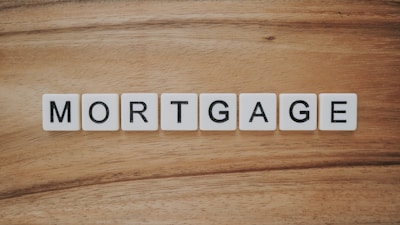A mortgage is a loan provided by a financial institution, such as a bank or a lender, to finance the purchase of real estate, typically a home or property. It is a legal agreement between the borrower (mortgagor) and the lender (mortgagee).Known for its spectacular scenery and endless stretches of beaches, Kitsilano blends the best of both worlds: Urban, with its proximity to the downtown core and myriad clubs, restaurants, shopping and office buildings that make up the downtown experience; and Hip Suburban, with its eclectic mix of coffee joints, neighbourhood pubs, and local hangouts for good eating and excellent people watching.
financial institution
Mortgage
Loan Structure
A mortgage loan consists of the principal amount borrowed and an agreed-upon interest rate. The principal is the amount borrowed to purchase the property, while the interest is the cost charged by the lender for borrowing the funds. The loan is typically repaid through regular installment payments, often monthly, over a set period of time known as the loan term..
COLLATERAL
In a mortgage, the property being purchased serves as collateral for the loan. If the borrower fails to repay the mortgage according to the agreed terms, the lender has the right to take possession of the property through a process called foreclosure.
mortgage
Homeownership: One of the primary reasons for obtaining a mortgage is to facilitate homeownership. Most people do not have enough savings to purchase a property outright, so a mortgage allows them to borrow the necessary funds to buy a home. Without a mortgage, many individuals would not be able to afford the upfront cost of purchasing a property.
Spread the Cost: A mortgage allows borrowers to spread the cost of a home purchase over an extended period, typically ranging from 15 to 30 years. Instead of paying the full purchase price upfront, borrowers make monthly mortgage payments over the loan term. This helps make homeownership more affordable by dividing the cost into manageable installments.
Leverage: Mortgages offer individuals the opportunity to leverage their finances and invest in real estate. By obtaining a mortgage, borrowers can use a relatively small amount of their own money (in the form of a down payment) to purchase a valuable asset. This allows them to potentially benefit from property appreciation and build wealth over time.
Tax Benefits: In many countries, mortgage interest payments and certain other expenses related to homeownership are tax-deductible. This can provide financial advantages and reduce the overall tax burden for homeowners. The tax benefits associated with mortgages vary depending on the jurisdiction, so it's important to consult with a tax professional for specific information.
Access to Housing Market: A mortgage opens doors to the housing market, allowing individuals to choose from a broader range of available properties. Instead of being limited to properties that can be purchased outright, borrowers can explore a wider selection of homes that align with their preferences and needs.
Financial Flexibility: With a mortgage, borrowers can allocate their financial resources more effectively. Rather than tying up a large portion of their savings in a single property, they can use the available funds for other purposes such as investments, education, starting a business, or emergency expenses.
Building Equity: As mortgage payments are made, a portion of the payment goes towards reducing the principal amount owed. Over time, this builds equity in the property. Equity represents the difference between the market value of the property and the remaining mortgage balance. Building equity provides homeowners with a valuable asset that can be utilized for future financial needs.


















